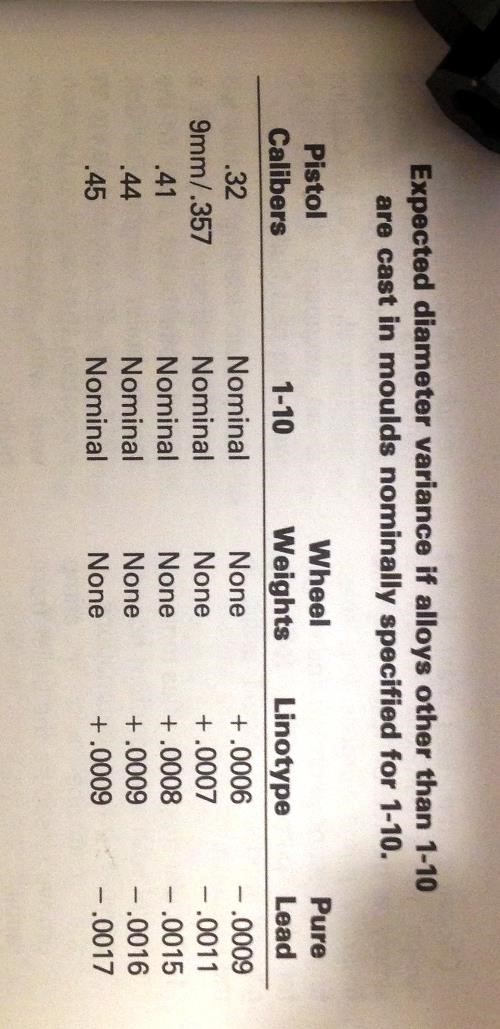Bud Hyett
posted this
22 March 2021
I concur with all the above. I'll add that this becomes as much art as science. Working with known alloys can set a baseline and is a good beginning. You'll soon discover there are many factors. E.g., individual rifle chamber and barrel, individual mold dimensions, ambient temperature at the range, shooter fatigue, etc., can have impact either testing or in a match.
As an extreme example; when final testing a load, I take a BSA Martini to the range with a known lot of ammo to see that I am shooting well. If it groups well, I know I am pulling the trigger correctly and one more factor is mollified.
Keep records of your testing, both good and bad targets. When done, add a note to the target face of any item you noticed. Call your shots, the flyer may be you and it may not, add this record. I think the quest for accuracy is not so much getting a single small group, but to eliminate the flyer, or several, while shrinking the group size.
I'm again building a database using the attributes of the CBA Technical Sheet to record my testing. These are the pertinent attributes affecting accuracy in my experience. Overkill, I think not. You can do the same recordkeeping using EXCEL Spreadsheets
Casting bullets has brought to me the truth of this saying, "Good judgement comes from experience and experience comes from bad judgement."
Welcome to the fascinating world of the Dedicated Amateur Ballistics Researcher And Theoretician.
Farm boy from Illinois, living in the magical Pacific Northwest














